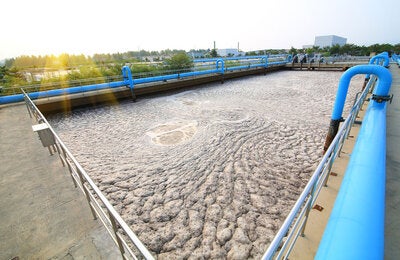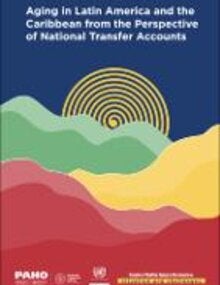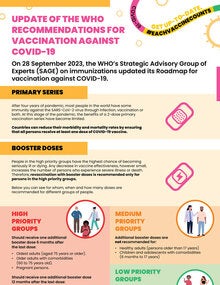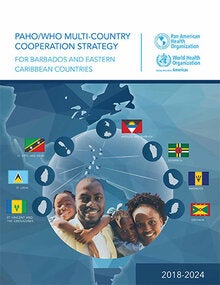Dominica, the most northerly, largest, and mountainous of the Windward Islands, is located between Guadeloupe to the north and Martinique to the south. The country stretches for just over 750 km2.
In 2000 the total population of Dominica was 68 346 inhabitants; by 2023 this figure had risen to 73 040, representing a 6.9% increase. Regarding the country’s demographic profile, in 2023 people over 65 years of age accounted for 9.8% of the total population, a decrease of 0.0 percentage points compared to the year 2000. In 2023, there were 101.3 women per 100 men and 50.6 older people (65 years or older) per 100 children under 15 years of age, as can be seen in the country’s population pyramids, distributed by age group and sex (Figure 1). Considering the population between 15 and 64 years of age to be potentially active (i.e., potential participants in the labor force), this group represented 70.8% of the total population of the country in 2023 (51 706 people). When we add these figures to the potentially passive population (14 162 under 15 years of age and 7 173 over 65 years of age), the result is a dependency ratio of 41.3 potentially passive people per 100 potentially active people, this ratio was 66.3 in 2000. In Dominica in 2000 the dependency ratio was 18, and is estimated to more than double, to 38, by 2040.
Life expectancy at birth in 2023 was 74.2 years, lower than the average for the Region of the Americas and 1.5 years higher that in 2000.





















